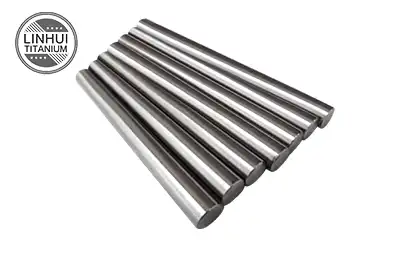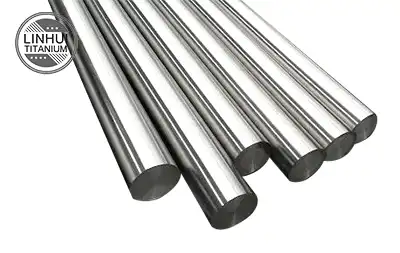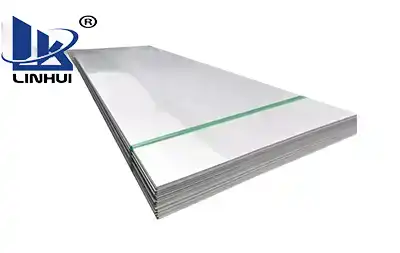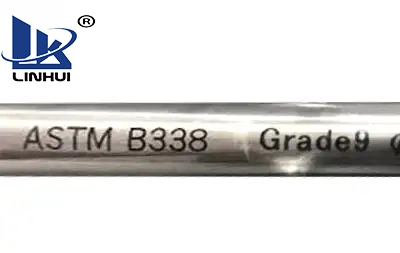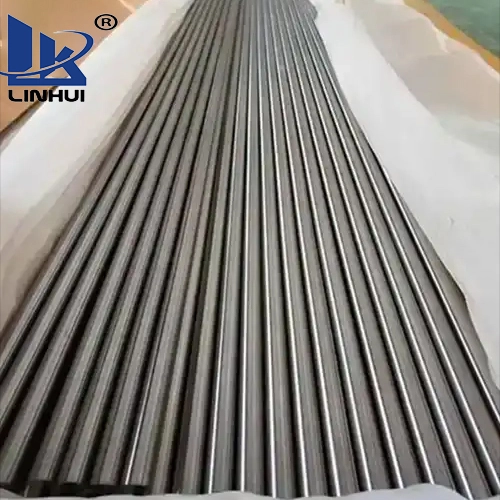What are the differences between titanium steel, pure titanium, and titanium alloys?
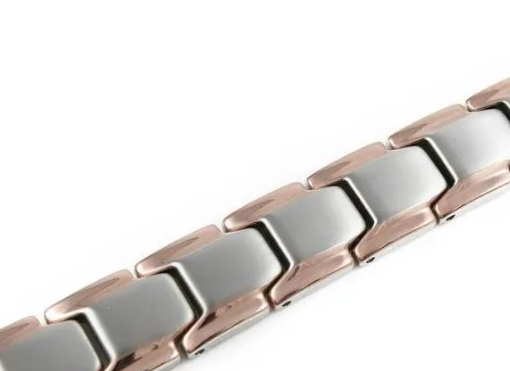
hat titanium steel does not contain titanium, and its main component is still iron. This commercial name is to distinguish it from other stainless steels when used as jewelry and obtain a higher value. the cost and corrosion resistance of 316L stainless steel is indeed better than common stainless steel.
What can be called titanium materials generally fall into two categories, one is pure titanium, and the other is titanium alloy.
The one with the highest titanium content is a freshly made titanium sponge, which is made from titanium tetrachloride reduced by magnesium. It looks like this:
It is loose and porous with very low strength and cannot be used directly as titanium material. It is the most upstream material of titanium material. It is processed into various shapes of plates, wires, tubes, etc. after smelting, forging, and rolling.
The titanium content of the titanium sponge is close to 100%. However, titanium is too active and can easily react with oxygen, nitrogen, hydrogen, etc. in the air when exposed to air, so it is almost impossible to achieve 100% purity.
Generally speaking, if the titanium content is higher than 95%, it is industrial pure titanium. Pure titanium is divided into TA1-TA4 according to the titanium content and impurity content. The more common ones we usually use are TA1 and TA2. The impurities are mainly oxygen, nitrogen, hydrogen, carbon, iron, etc. The higher the titanium content, the softer it is, and the lower its strength, but the better its toughness.
Therefore, when we make titanium belt buckles and titanium jewelry, we will use TA1 material in places where the force is not very strong, while shafts and small screws will use TA2 material.
When we make pure titanium cups, we cannot use TA2. The higher the purity, the better. In particular, the hydrogen content must be low, otherwise, it will easily crack due to insufficient toughness, or there will be obvious stretch lines. Or pitted, the scrap rate will be quite high.
Next, titanium alloy, as the name suggests, is an alloy formed of titanium and other metals and non-metals. These metals and non-metals such as aluminum, molybdenum, vanadium, chromium, iron, zirconium, tin, oxygen, carbon, etc. Titanium alloys are divided into TA, TB, and TC series according to different metallographic structures. I won’t go into details here.
Take the most commonly used TC4 titanium alloy as an example. Its titanium content is 90%, aluminum 6%, and vanadium 4%, so it is also called titanium 6 aluminum 4 vanadium. TC4 titanium alloy is the earliest-developed and most widely used titanium alloy in the world. It is also the earliest titanium alloy used in medical treatment. Its output accounts for more than half of the total output of various titanium alloy products in the world, especially in the aerospace industry. More than 80%. It has high anti-corrosion properties, is stronger than pure titanium, has good toughness, and is relatively easy to process and weld, so its overall performance is excellent, and it does not cause allergies like pure titanium.
which one is better, pure titanium or titanium alloy?
This is inconclusive. Different materials are suitable for different products. Generally speaking, excluding factors such as appearance, the material cost of titanium alloy is higher than that of pure titanium. Of course, the titanium alloy here must be of a regular grade, which is based on titanium and added with other metals and non-metals, rather than adding a little titanium to other metals and pretending to be a titanium alloy if it contains a little titanium.






